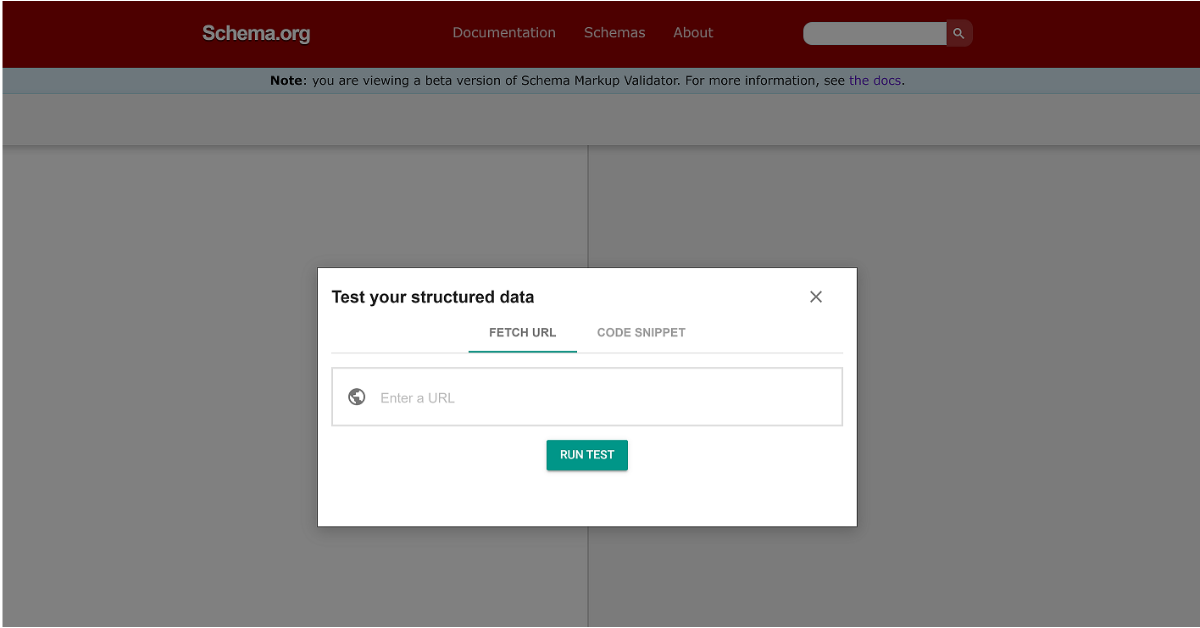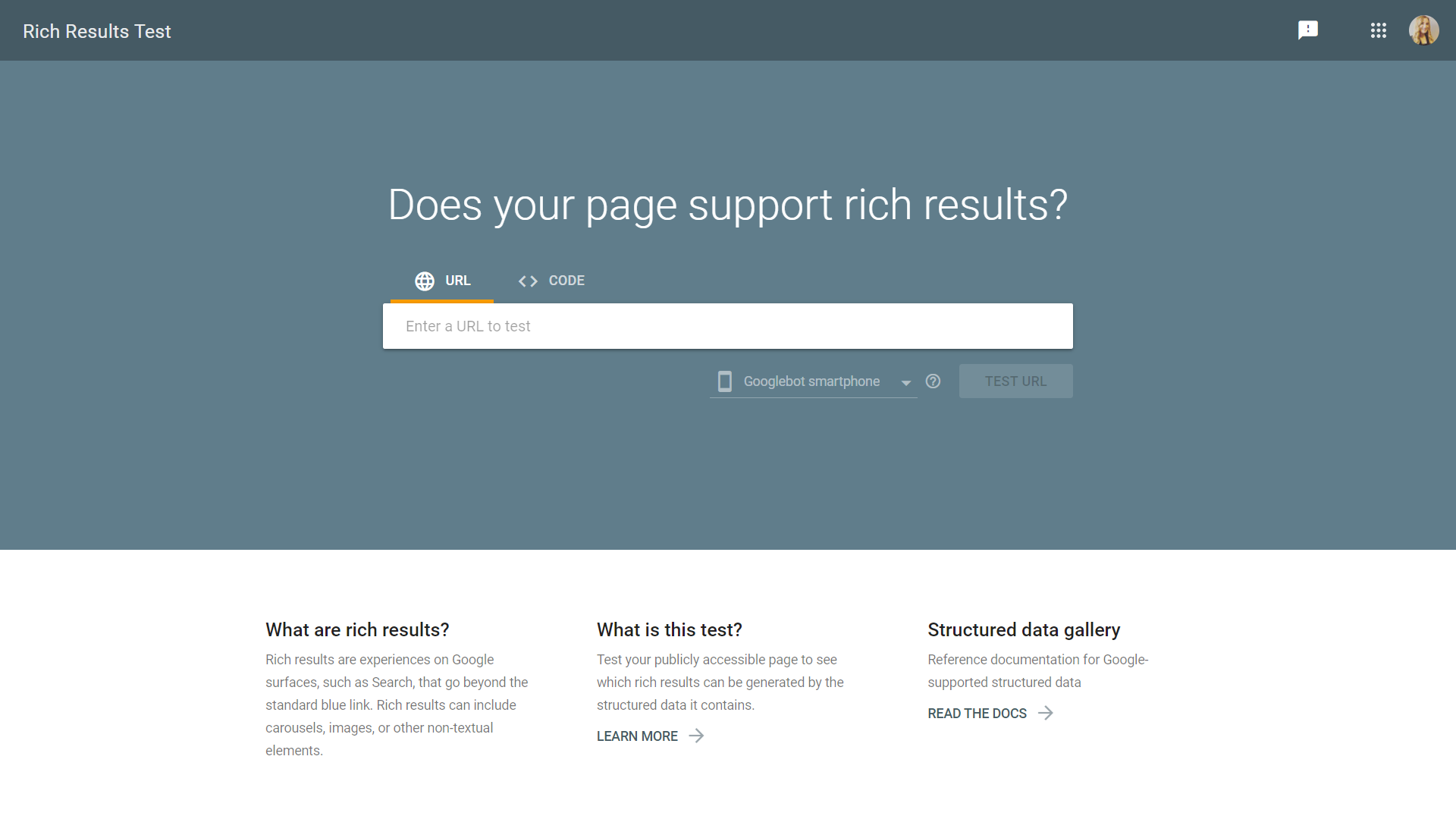Often, selecting a Schema.org type to define a web page is pretty straightforward. If there’s price and quantity information, it’s probably a Product. If there’s author and date published information, it’s likely an Article.
But what about pages with many different types of content without a main focus? The answer is CollectionPage.
Schema.org defines this type as “Web page type: Collection page.” This definition, being quite vague, means its use cases are pretty flexible. Here at Schema App, we use the CollectionPage type when a single web page has a collection of things without an implied hierarchy.
What does that mean?
When developing a strategy for your schema markup, understanding the intent of a web page and its place in the site architecture is essential. If a page is mostly intended as an article that contains a small FAQ section, there’s an implied hierarchy that the article is the most important piece of content. So, this would be marked up as an Article containing an FAQPage.
If the page is more of a landing page with equally important content and links intended to bring users to other parts of the site, there’s a good chance it’s a CollectionPage.
Properties for the CollectionPage Type
While a CollectionPage isn’t eligible for rich results, it can contain other data items that are.
For example, it may contain an Article while also mentioning a Product, both of which are eligible for rich results. Since the CollectionPage isn’t a Google Feature, it has no required or recommended properties. That being said, there are a number of properties available to this type that we recommend using to define your CollectionPage and how it relates to other data items.
Your list could vary depending on what features you want to call out and what information is displayed on the page. Here are some of the schema.org properties that we recommend marking up on your CollectionPage:
- about: What the page is about. This property can connect to any type of Thing, be it a Service, an Organization, or the URL of a Wikipedia page that defines a particular topic.
- hasPart: A strong connector for linking to a CreativeWork that is a part of the collection page. Some subclasses of CreativeWork that are commonly used are Article and FAQPage.
- mentions: A weaker connector that can link to any type of Thing. This is a good property to use when connecting to something that isn’t a CreativeWork, such as a Product, Organization or Service.
- author/publisher/creator: The author, publisher, or creator of the collection page. These properties are a good way to connect to an Organization and its associated brand information.
- significantLink: One of the more significant URLs on the page. Typically, these are the non-navigation links that are clicked on the most.
Structured data markup has benefits beyond rich results. By defining your data items using @ids (aka URIs), you are defining these objects as distinct entities with their own properties and relationships to other entities. Once defined, these entities can be linked to a search engine’s knowledge graph, helping Google to match your page with more relevant search queries.
How to Create CollectionPage Schema Markup
Learn how to create comprehensive and robust CollectionPage schema markup with the following tutorial using the Schema App Editor.
Step One: Create a CollectionPage Data Item
- Every schema class has a list of properties that can be used to define its features further.
- Schema App gives you access to all the Schema.org/CollectionPage properties.
- You can use our recommended list above as a starting point to call out the information listed on your web page.
- When you login to Schema App, go to your Schema App Editor, search for “Collection Page”, and click “Create”.
Step Two: Provide a name and URL for this data item
- You will be asked to provide a name for this data item and the URL.
- This is the URL where your schema markup will be deployed.
- Schema App will load all of the properties available for CollectionPage, according to Schema.org.
Step Three: Populate all required and any applicable recommended properties
- As mentioned, you’ll notice that this type doesn’t have any required properties since requirements are only applied to data items eligible for Google’s Rich Results.
- We recommend filling in the properties listed above, linking to existing data items, or creating new ones as required.
- Click “Done”. Your JSON-LD will be created.
We put together a video tutorial to walk you through your review schema markup. We hope you find it helpful!
For more information on creating CollectionPage schema markup, including examples of JSON-LD code to help you get started, see our Knowledge Base Support article here.
Testing Your CollectionPage Schema Markup
Schema Markup Validator
The Schema Markup Validator (SMV) was modelled after and has officially replaced Google’s Structured Data Testing Tool (SDTT). Many SEOs still prefer the SDTT, as the SMV only validates your schema.org syntax and does not show your eligibility for rich results. Learn more about the SMV here.

Rich Results Testing Tool
Google’s Rich Results Testing Tool helps you to see which rich results can be generated by the structured data it contains.

Frequently Asked Questions about CollectionPage Schema Markup
What is CollectionPage schema?
Schema.org defines this type as: “Web page type: Collection page.” This definition, being quite vague, means its use cases are pretty flexible. At Schema App, we use the CollectionPage type when a single web page has a collection of things without an implied hierarchy.
What is the correct way to use the CollectionPage type?
If the page is more of a landing page with equally important content and links intended to bring users to other parts of the site, there’s a good chance it’s a CollectionPage.
Is a CollectionPage eligible for rich results?
While a CollectionPage isn’t eligible for rich results, it can contain other data items that are. For example, it may contain an Article and an FAQPage while also mentioning a Product, some of which are eligible for rich results.
Do you need help creating CollectionPage schema markup for your website?

